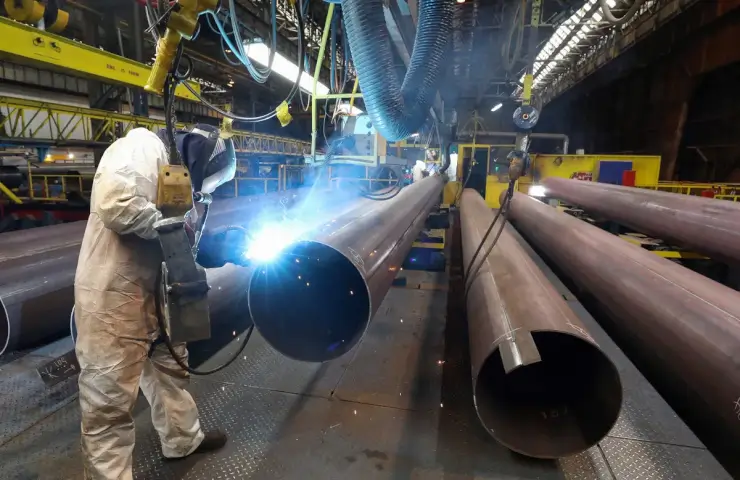European steel prices continued to rise in the second half of March, but by the beginning of April this upward trend had largely stopped. According to British marketers from MEPS, the boom in demand has subsided, while prices for hot-rolled coil have even begun to decline in some regions.
At the height of the war in Ukraine, European steelmakers were facing cost spikes and supply disruptions. Most of them offered only limited sales volumes, periodically leaving the market altogether. Prices for metal products were constantly rising.
Distributors and service centers in Europe increased their resale prices during March to conserve inventory and serve loyal customers. Initially, the rapid rise in prices stimulated panic buying. This madness subsided as soon as consumers satisfied their needs.
Most distributors had adequate supplies when the conflict in Ukraine began. However, a reluctance to replenish stocks at peak levels amid declining mill availability, coupled with high volumes of end-user purchases, has led to a reduction in stocks. Purchasing managers are faced with a choice between re-ordering rolled metal products at current prices or the lack of part of the range in warehouses.
Funding reserves in these circumstances is one of the main things to think about. There is a fear of falling prices and devaluation of shares. Equally, the high cost of steel and domestic inflation could delay new projects, lowering actual demand.
The steel market in the UK followed the same pricing model as in the EU. More and more buyers are relying on domestic supplies. Quota limits, high transport costs, delays in crossing the English Channel and congestion in ports on the east coast reduce the attractiveness of the market for EU steel mills.




